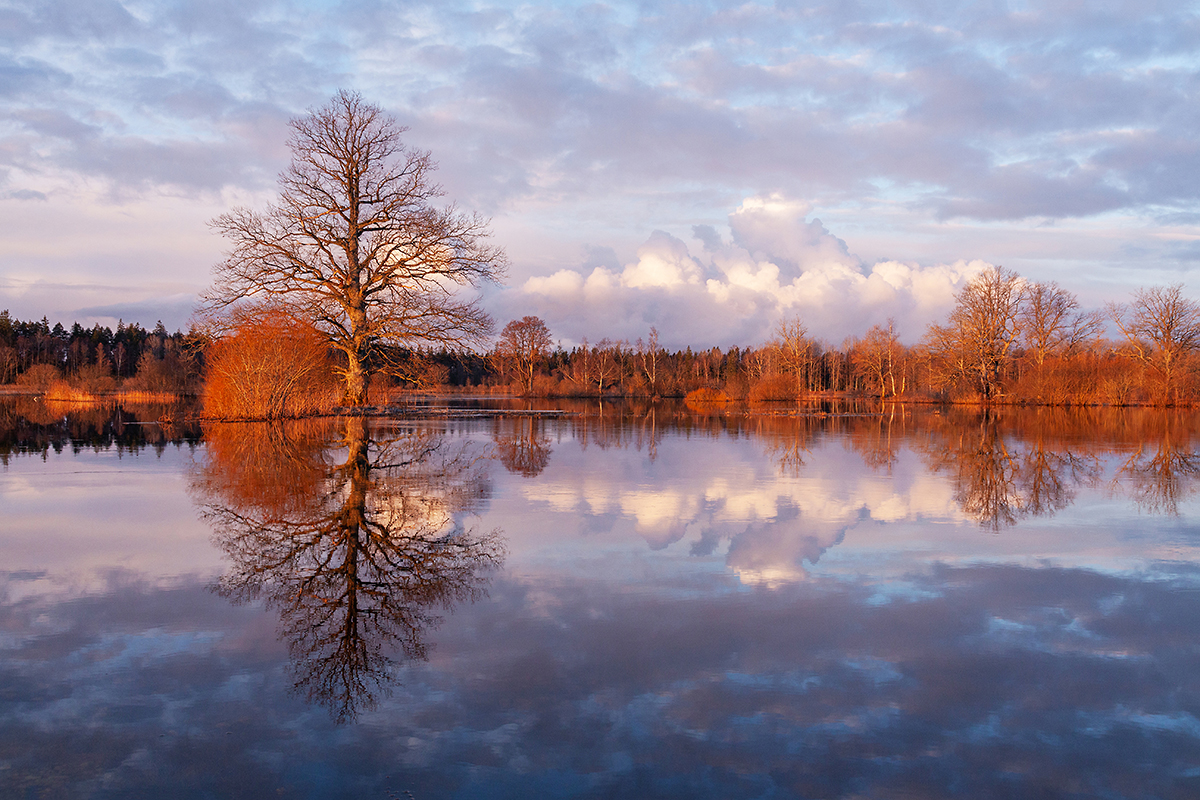There is more and more talk of biodiversity-friendly tourism

There is an increasing focus in the world on making informed choices to conserve natural resources and the environment. This also applies to the tourism industry, and includes saving and using water and energy wisely, reducing and sorting trash and waste, consuming local products, favouring environmentally friendly materials, and choosing more economical equipment and activities.
The relationship between tourism and nature and biodiversity is complicated. On the one hand, the growing tourism industry has a negative impact on the environment (greenhouse gas emissions from leisure travels by plane, transformation of the natural environment through the construction of tourism infrastructure, noise, disturbing of animals, trampling pressure in popular tourist areas, excessive disturbance of the local population). On the other hand, nature offers special and unique emotions, as well as landscapes and natural wonders that people come to see from all across the world. Therefore, it would be very good if travel and everything accompanying it were responsible and sustainable.
Cultural, sustainable, and ecotourism
The goal of cultural tourism is to travel to get to know many countries, peoples, and cultures. Cultural tourism has little to do with biodiversity.
Sustainable tourism is the provision of a variety of tourism experiences that strengthens tourists’ respect for the long-term protection of natural, cultural, and social resources and supports the economic development and well-being of the people living, working, or staying in their areas. According to the United Nations, sustainable tourism is becoming increasingly popular. In the case of sustainable tourism, the tourism planning phase is very important, where as many stakeholders as possible should be involved, and prior studies and impact assessments should be carried out to avoid excessive pressure on nature. Monitoring should be carried out on an ongoing basis and, where necessary, mitigation measures should be identified rapidly to reduce the impact.
Ecotourism is responsible travel that supports the preservation of natural and cultural heritage and the well-being of local people (definition of the Estonian Ecotourism Association). Ecotourism is understood as a more regulated form of sustainable tourism, and compared to traditional mass tourism, ecotourism is much more difficult to organise – it requires more from both the tour operator and the tourist themselves.
Ecotourism is based on five criteria:
- the number of tourists must be based on the tolerance capacity of the area visited;
- the well-being of the local population must be guaranteed;
- nature and culture have value;
- cooperation is organised between stakeholders;
- the marketing is responsible.
Thus, sustainable tourism and ecotourism mean respecting and honouring the culture, nature, and people in the travel destination. In this context, it is desirable to give priority to environmentally friendly accommodation establishments that use water and energy wisely, sort waste, and reduce waste as well. The establishments should prefer local food and nature-friendly materials, use traditional or economical tools, and offer tourists environmentally friendly activities. Compliance with these principles is indicated by the international eco-label Green Key awarded to the establishment. There are almost twenty accommodation establishments with the Green Key operating in Estonia as well [1].
Estonia has great potential as a destination for sustainable tourism, as we still have natural resources to demonstrate to tourists. The first region in Estonia to receive a certificate of sustainable tourism in protected areas was the cooperation area of the Matsalu National Park in 2015, which also includes the surrounding local governments – Lääneranna rural municipality, Lääne-Nigula rural municipality, and the city of Haapsalu. Then, in 2019, the Lahemaa National Park received the same certificate and in 2020, so did the Soomaa National Park [2]. The certificate is issued by the Federation of Nature and National Parks of Europe (EUROPARC Federation) and is highly valued in Europe. The first level of the certificate is assigned to a specific protected area. Important criteria are the good status of the natural value, good cooperation between the tourism companies and the manager of the protected area, thorough monitoring of the visitors and the natural values, and a suitable visitor infrastructure.
Specialised nature tourism is gaining momentum, within the framework of which the biodiversity of different countries is introduced – birds, large carnivores, butterflies, orchids, etc. This is a big task for Estonian nature guides. The Estonian Tour Guides Association has also started to issue a nature guide vocation at levels 5 and 6.
Last modified: 13.01.2022
__________________________________________________
[1] https://www.puhkaeestis.ee/et/puhka-eestis/ava-uks-rohelise-votmega
[2] https://virumaateataja.postimees.ee/6809535/lahemaa-rahvuspark-saab-saastva-turismi-sertifikaadi